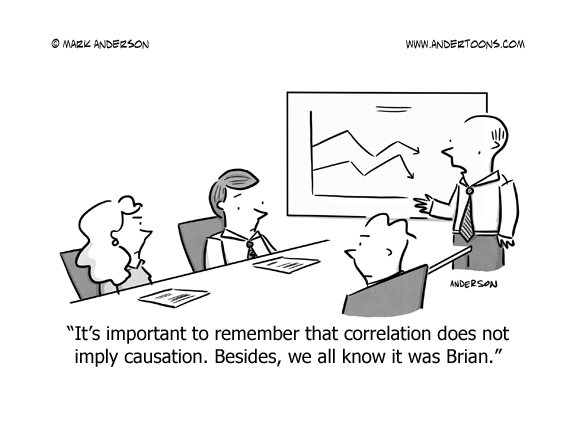

You ask parents to report the number of weekly hours their child spent playing violent video games, and you survey parents and teachers on the children’s behaviors. Example: Correlational researchTo study whether consuming violent media is related to aggression, you collect data on children’s video game use and their behavioral tendencies. They are also used to study relationships that aren’t expected to be causal. These research designs are commonly used when it’s unethical, too costly, or too difficult to perform controlled experiments. But these studies are low in internal validity, which makes it difficult to causally connect changes in one variable to changes in the other. You find that physical activity level is positively correlated with self esteem: lower levels of physical activity are associated with lower self esteem, while higher levels of physical activity are associated with higher self esteem.Ĭorrelational research is usually high in external validity, so you can generalize your findings to real life settings. You ask participants about their current levels of exercise and measure their self-esteem using an inventory. Example: Correlational researchYou collect survey data to investigate whether there is a relationship between physical activity levels and self esteem. In a correlational research design, you collect data on your variables without manipulating them. See editing example Correlational research You’ll need to use an appropriate research design to distinguish between correlational and causal relationships.Ĭorrelational research designs can only demonstrate correlational links between variables, while experimental designs can test causation. For example, vitamin D levels are correlated with depression, but it’s not clear whether low vitamin D causes depression, or whether depression causes reduced vitamin D intake. The directionality problem is when two variables correlate and might actually have a causal relationship, but it’s impossible to conclude which variable causes changes in the other. Instead, hot temperatures, a third variable, affects both variables separately. For example, ice cream sales and violent crime rates are closely correlated, but they are not causally linked with each other. The third variable problem means that a confounding variable affects both variables to make them seem causally related when they are not.

These problems are important to identify for drawing sound scientific conclusions from research. There are two main reasons why correlation isn’t causation. The two variables are correlated with each other and there is also a causal link between them.Ī correlation doesn’t imply causation, but causation always implies correlation. But this covariation isn’t necessarily due to a direct or indirect causal link.Ĭausation means that changes in one variable brings about changes in the other there is a cause-and-effect relationship between variables. These variables change together: they covary. A correlation is a statistical indicator of the relationship between variables. Frequently asked questions about correlation and causationĬorrelation describes an association between variables: when one variable changes, so does the other.Why doesn’t correlation mean causation?.


 0 kommentar(er)
0 kommentar(er)
